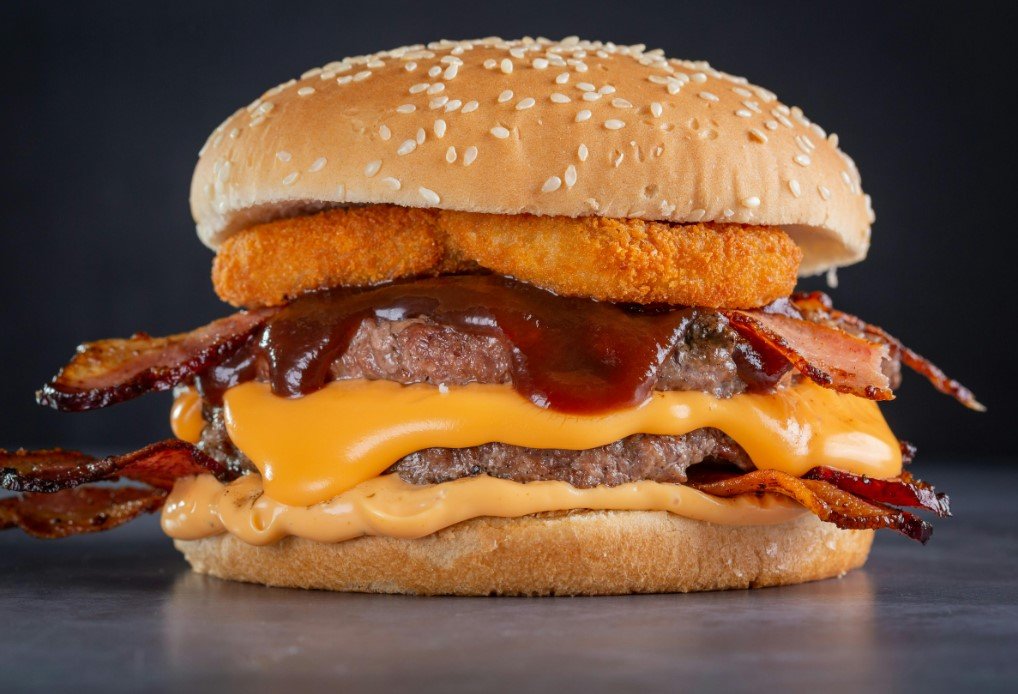In an era where the cost of living is on a steady incline, the term ‘Chickenflation’ has hatched into the lexicon of consumers worldwide. This phenomenon refers to the soaring prices of fast food, particularly chicken-based items, which have seen a significant uptick in recent times.
The roots of Chickenflation can be traced back to a blend of factors, including rising feed costs, supply chain disruptions, and increased demand. Fast food chains, once the bastions of budget-friendly meals, are now grappling with the need to pass on these costs to consumers.
The impact is palpable as customers face menu prices that have ballooned by nearly 5% since last year, a stark contrast to the previously affordable nature of fast food. This inflation has outpaced the general cost of living, leaving many to reconsider their dining choices.

The Consumer Conundrum
As wallets feel the pinch, the ripple effects of Chickenflation extend beyond individual budgets to the broader economy. The shift in consumer spending patterns is prompting fast food establishments to rethink their strategies, from menu offerings to pricing structures.
The dilemma is twofold: how to maintain customer loyalty while navigating the financial necessity of price increases. This balancing act is crucial as brands strive to retain their market share in a highly competitive industry.
The Future of Fast Food
Looking ahead, the trajectory of Chickenflation poses questions about the sustainability of low-cost dining. Experts speculate on the potential for prices to stabilize, but the uncertainty remains a key ingredient in the fast food industry’s recipe for the future.
As the sector evolves, innovation may emerge as the secret sauce to overcoming the challenges of Chickenflation. Whether through menu diversification, cost-effective sourcing, or technological advancements, the fast food landscape is set for a transformation.
















